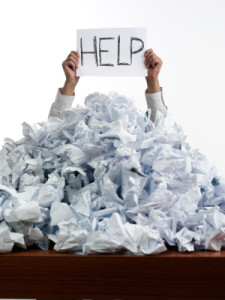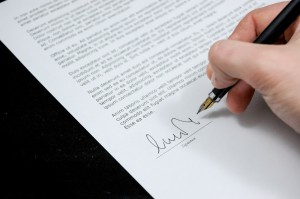 I’ve been participating in National Novel Writing Month nearly every year since 2004. A couple of my favorite stories have resulted from it, including Don’t Tell Anyone. And since I had to overcome a ton of obstacles to “win” that first NaNoWriMo challenge, I felt a tremendous sense of accomplishment from pulling it off. I still have the certificate tacked to a bulletin board in my kitchen. Yeah, I know. After a certain age, that’s kinda-sorta pathetic, but it’s my kinda-sorta pathetic, so it’s staying.
I’ve been participating in National Novel Writing Month nearly every year since 2004. A couple of my favorite stories have resulted from it, including Don’t Tell Anyone. And since I had to overcome a ton of obstacles to “win” that first NaNoWriMo challenge, I felt a tremendous sense of accomplishment from pulling it off. I still have the certificate tacked to a bulletin board in my kitchen. Yeah, I know. After a certain age, that’s kinda-sorta pathetic, but it’s my kinda-sorta pathetic, so it’s staying.
Considering what was going on in my life during that first try — an uber-demanding full-time job, family stress, houseguests, a double mastectomy for my mother-in-law — I had no business taking on the added responsibility of hitting the daily word quota to produce something resembling a story. And while the writing was one of my more enjoyable tasks, and an opportunity to escape for an hour and a half or so every day, it took its toll on my health, and I spent half of December recovering.
But I learned from that lesson. Maybe that’s part of the reason the certificate is still on display. It’s a reminder to take care with my commitments. I’m pretty good at juggling — little round objects as well as responsibilities — but if I have too many balls in the air, odds are that one of them is going to succumb to the laws of gravity. Continue reading “Lessons Learned from Losing NaNoWriMo”
Like this:
Like Loading...
 Like it, hate it, curse at it, deny it, but at some point, you’re going to have to face it: If you’re an independent author selling your work, you are running a business. And in some of your transactions with professionals who provide services for independent authors, like editors and designers, you might benefit from having a solid, written agreement.
Like it, hate it, curse at it, deny it, but at some point, you’re going to have to face it: If you’re an independent author selling your work, you are running a business. And in some of your transactions with professionals who provide services for independent authors, like editors and designers, you might benefit from having a solid, written agreement.
 I’ve been participating in
I’ve been participating in  One of the most frequent questions I’ve heard lately from self-publishing authors is about ISBNs. Do you really need them? Do you really need to buy them? What are the pros and cons of buying an ISBN versus using the free or inexpensive ones offered by CreateSpace, BookBaby, Smashwords, and other online partners? Let’s see if we can clear that up some.
One of the most frequent questions I’ve heard lately from self-publishing authors is about ISBNs. Do you really need them? Do you really need to buy them? What are the pros and cons of buying an ISBN versus using the free or inexpensive ones offered by CreateSpace, BookBaby, Smashwords, and other online partners? Let’s see if we can clear that up some. A quick spin through Mama Google tells authors and indie publishers pretty much everything they want to know about choosing the appropriate book size, usually called trim size. Sources mention that most self-published books range from 5″ x 8″ to 6″ x 9″, and often books that depend on images, like children’s picture books, cookbooks, and “coffee table” style books are larger, as are reference manuals and workbooks.
A quick spin through Mama Google tells authors and indie publishers pretty much everything they want to know about choosing the appropriate book size, usually called trim size. Sources mention that most self-published books range from 5″ x 8″ to 6″ x 9″, and often books that depend on images, like children’s picture books, cookbooks, and “coffee table” style books are larger, as are reference manuals and workbooks.